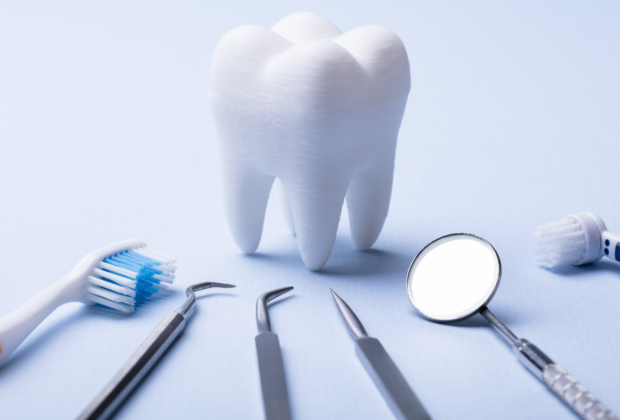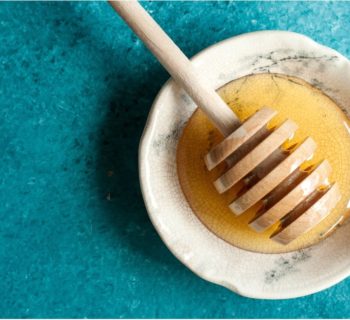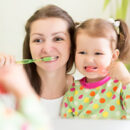The right brushing technique plays a decisive role in achieving brighter smiles and fresher breath. Bacteria on your teeth cause problems like cavities, gum disease, and infections. Moreover, several foods can leave stains on your teeth that become permanent if you disregard proper brushing. By applying the right brushing method, you can avert many oral problems. So, let's take a look at some basic yet effective brushing techniques, as suggested by Waikiki dental care.
8 Tips to Brush Your Teeth Correctly:
Toothpaste Amount Matters: Start by using a small amount of toothpaste on a soft-bristle toothbrush that fits comfortably in your hand. Too much toothpaste can lead to excessive foaming and an increased risk of swallowing fluoride, so use the optimum level of toothpaste.
Angle of Toothbrush: Make sure that your toothbrush is at a 45-degree to your gum line. Also, brush in short, circular motions to break up plaque and residue. Remember to brush each tooth individually without scrubbing too hard to avoid damaging your enamel and gums.
Don't Ignore Molars: You'll find the hardest plaque on your molars, so pay special attention to your molars. Begin at the back of your mouth and use short in-and-out motions to clean them thoroughly. Switch to the deeper side of your mouth after cleaning your front teeth. Moreover, don't forget to use the toothbrush for your top molars.
Clean Inner Surfaces: Clean the inner surfaces of your teeth by holding the toothbrush vertically with the bristles pointing toward your gums. Use short up-and-down strokes on each tooth to break apart plaque between your teeth. While doing this, always be gentle to avoid gum damage.
Minimum 2-minute Brushing: Brush for at least 2 minutes. Divide your mouth into quadrants and spend 30 seconds on each one. You can play a 2-minute song or video to keep track of the time and ensure a thorough clean.
Tongue Care: Gently rub the toothbrush bristles against your tongue and scrape it off using a tongue cleaner to remove bacteria and prevent bad breath. Some toothbrushes also come with tongue scrapers, or you can use a separate one.
Rinse and Mouthwash: Rinse thoroughly with water after brushing to remove any residual toothpaste. You can choose to use mouthwash for extra protection against tooth decay. Be cautious not to swallow any mouthwash, as it contains fluoride.
Replace Your Toothbrush: It's important to periodically switch out your toothbrush since the bristles get bent and ineffective after some time. Every three to four months, or whenever you see the bristles spreading out, you should get a new toothbrush.
Following these simple steps will significantly improve your oral hygiene routine. Keep your teeth clean and your smile bright by brushing correctly and sticking to a regular routine. By doing this, you can keep bigger dental issues at bay.




















